The Happy City Index — published by the Institute for Quality of Life — ranks 200 global cities using 82 indicators across governance, environment, economy, mobility, citizen well-being, and health. Cities are then grouped into “Gold,” “Silver,” and “Bronze” tiers, with the top 31 dubbed the “Gold Cities.”
In 2025, Copenhagen takes the crown, but the full top ten shows that happiness isn’t bound to one geography. From Scandinavia to Asia, Europe to North America, cities are proving that citizen well-being can be designed, nurtured, and scaled.
Here’s a deep dive into the top ten happiest cities — plus the most quintessential experience in each.
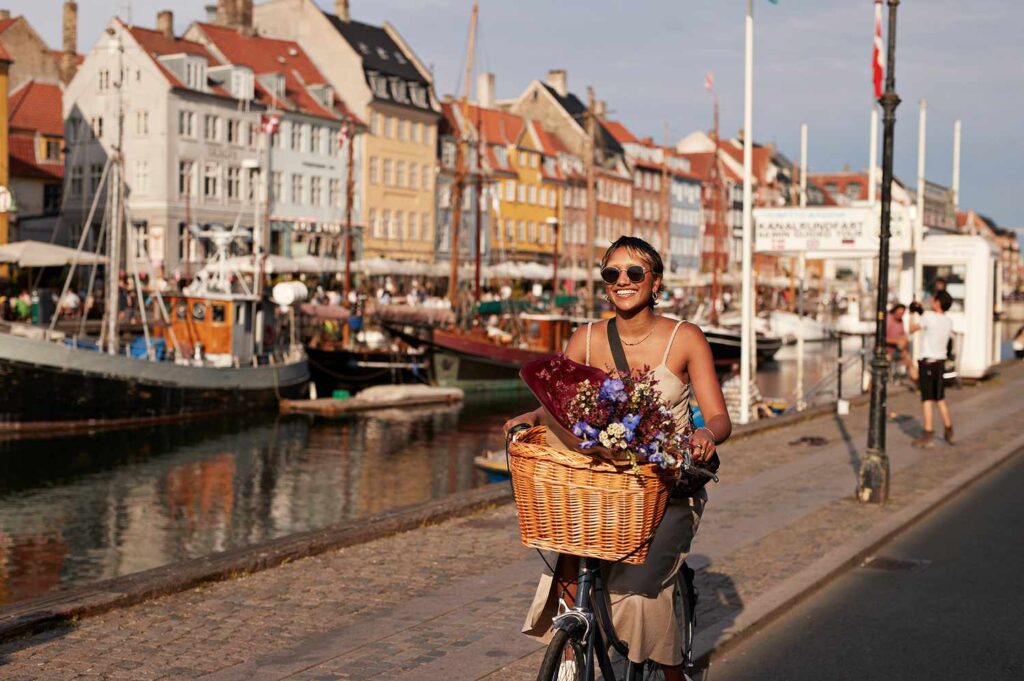
1. Copenhagen, Denmark (1st, 1,039 points)
Copenhagen’s win comes from decades of deliberate policy: cycling infrastructure that makes bikes the default commute, ambitious green targets, and citizen trust in government. The Danish capital has perfected the balance of city and nature — leafy parks, canals, and pedestrian-friendly neighborhoods all nurture a sense of scale and calm.
Its real secret weapon, though, is belonging. From co-housing projects to thriving arts districts, Copenhagen makes space for people to feel safe, engaged, and valued. That security is what translates into happiness.
Quintessential Thing to Do: Cycle across the city like a local — from Nyhavn’s colorful harborfront to Fælledparken’s green sprawl — and end the day with a hotdog from a street cart (yes, the Danes do them best).

2. Zurich, Switzerland (2nd, 993 points)
Zurich’s high ranking isn’t just about finance — it’s about balance. Education, healthcare, and governance are all top-tier, while public transit is clean, fast, and almost impossibly punctual. Residents enjoy both security and opportunity, in a city where public services are equitable and widely trusted.
But Zurich also delivers something harder to quantify: serenity. Nestled between mountains and lake, with fresh alpine air and a culture that values downtime, the city offers its people more than prosperity — it offers breathing room.
Quintessential Thing to Do: Take a dip in Lake Zurich in summer, then hop on a tram to the old town for fondue with a view of the Alps.
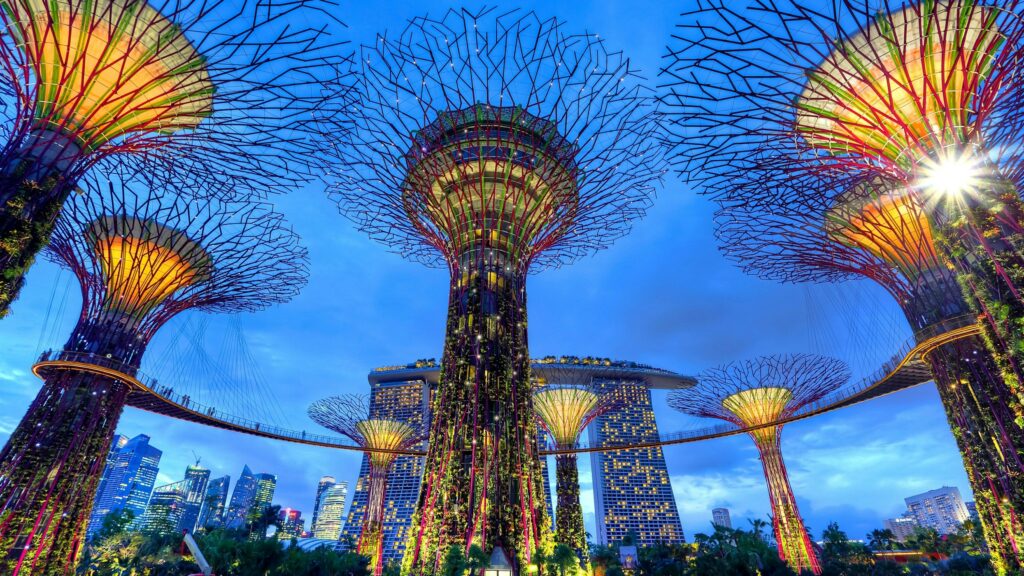
3. Singapore (3rd, 979 points)
Singapore’s leap into third place shows how dense cities can thrive without losing livability. Its urban planning is world-class: sky gardens, clean mass transit, and sustainability embedded into nearly every policy. Governance and safety are strong, while health services and life expectancy remain among the best in Asia.
The city’s challenge, of course, is affordability — but its position shows that high density doesn’t have to mean low quality of life. Singapore is proving that compact, well-run cities can feel green, humane, and connected.
Quintessential Thing to Do: Wander through Gardens by the Bay at night, when the Supertrees light up against the skyline, then grab a plate of chili crab at a hawker centre.

4. Aarhus, Denmark (4th, 958 points)
Aarhus proves happiness isn’t the monopoly of capitals. Denmark’s “second city” shines thanks to excellent healthcare, education, and community-centered governance. Smaller in size, it offers nimbleness — policies and infrastructure improvements reach people faster. Green space per capita and civic trust are both high.
The result is a city that feels intimate yet international, where public life thrives in waterfront areas, cultural districts, and compact neighborhoods. Aarhus is proof that midsize cities can be world leaders in well-being.
Quintessential Thing to Do: Visit ARoS Art Museum, climb the rainbow panorama on its roof, and take in the city’s color-soaked views.
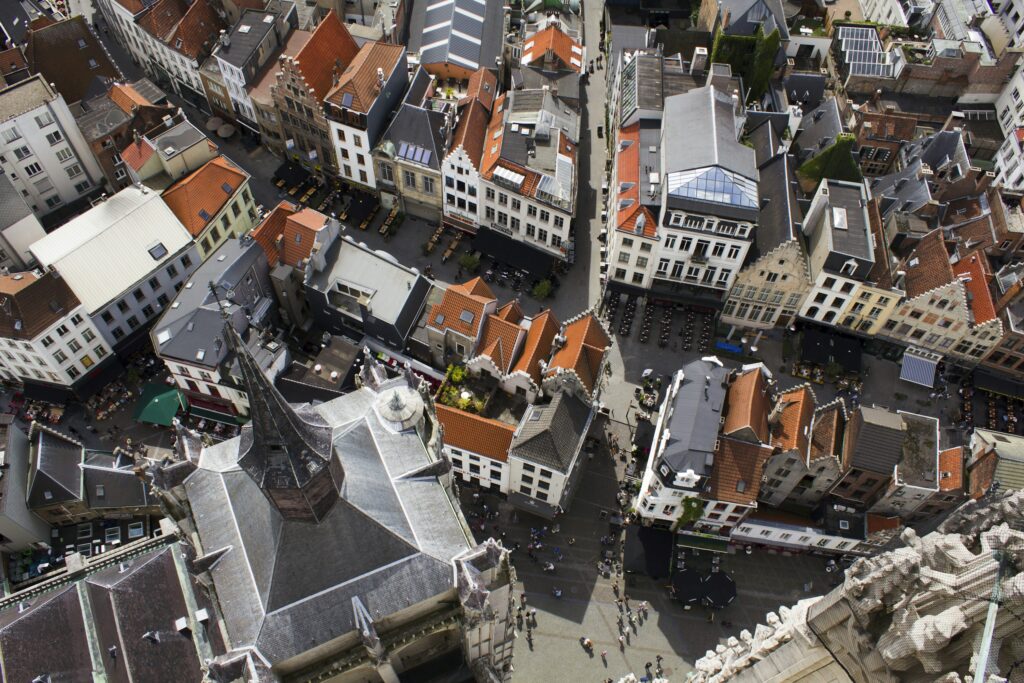
5. Antwerp, Belgium (5th, 956 points)
Antwerp is a surprise entry in the top five, but the numbers back it up: strong healthcare, education, and a vibrant civic culture. Its heritage architecture and riverside energy make it a joy to walk, while transit links keep the city moving.
Still, the index notes green space is more limited than elsewhere — an area to grow. But Antwerp demonstrates how culture, commerce, and strong governance can combine to deliver happiness.
Quintessential Thing to Do: Stroll through the historic diamond district, then relax with Belgian fries and beer in the Grote Markt.
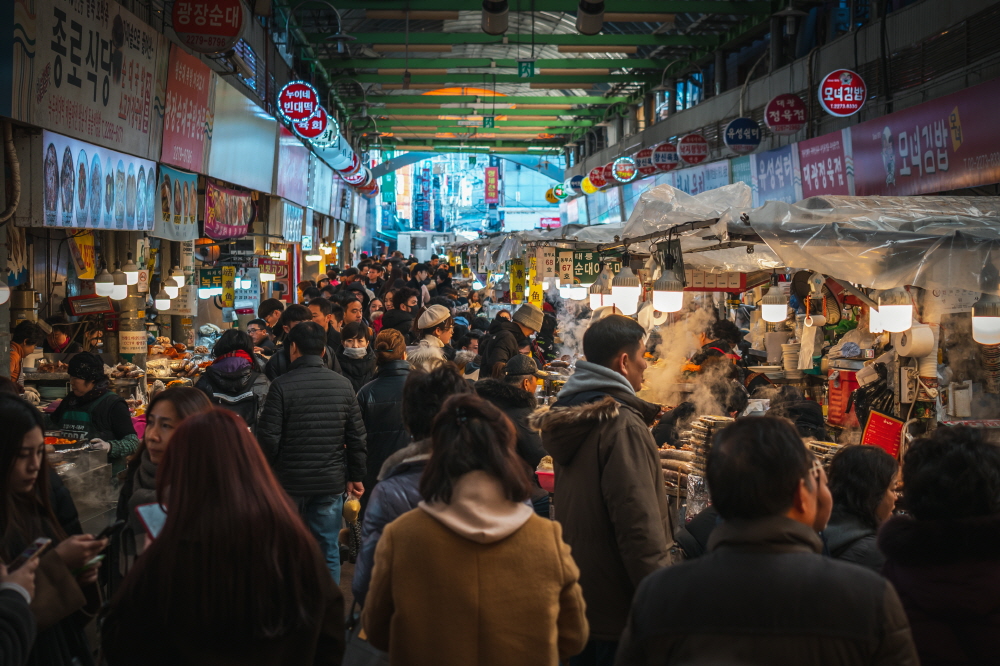
6. Seoul, South Korea (6th, 942 points)
Seoul’s rise reflects decades of investment in infrastructure and governance. Its metro system is one of the world’s best, smart tech pervades daily life, and public green corridors like the Cheonggyecheon Stream are reclaiming urban space for people.
At the same time, Seoul’s cultural buzz — from K-pop to fashion districts to traditional markets — gives residents a deep sense of belonging in a global hub. Challenges around stress and cost remain, but Seoul’s trajectory is undeniably upwards.
Quintessential Thing to Do: Walk through Gwangjang Market, sampling tteokbokki and bindaetteok, before riding the metro to Namsan Tower for a night view of the city’s endless lights.
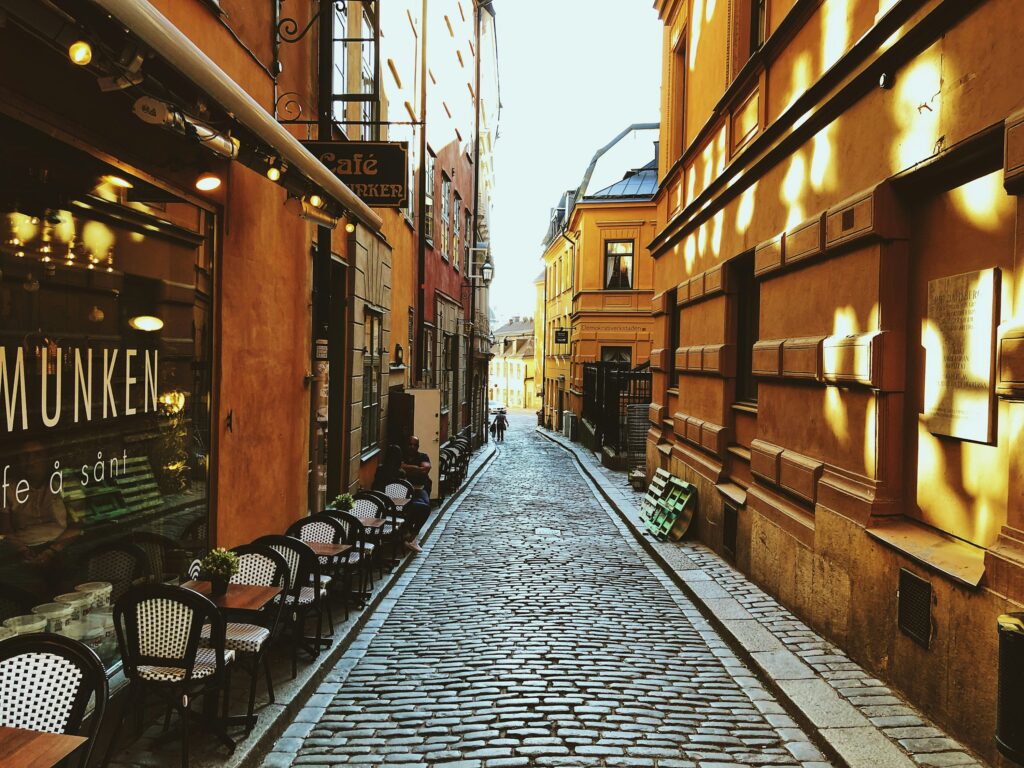
7. Stockholm, Sweden (7th, 941 points)
Stockholm feels almost designed for happiness. The Swedish capital sprawls across 14 islands, blending water, forests, and historic neighborhoods into one cohesive urban environment. Citizens benefit from high trust in institutions, strong welfare systems, and access to nature at every turn.
Stockholm’s challenge is housing affordability as the city grows — but its ability to offer calm, safety, and culture ensures its place in the top tier.
Quintessential Thing to Do: Take a ferry through the Stockholm archipelago, then explore Gamla Stan’s cobblestone streets with a fika break at a cozy café.
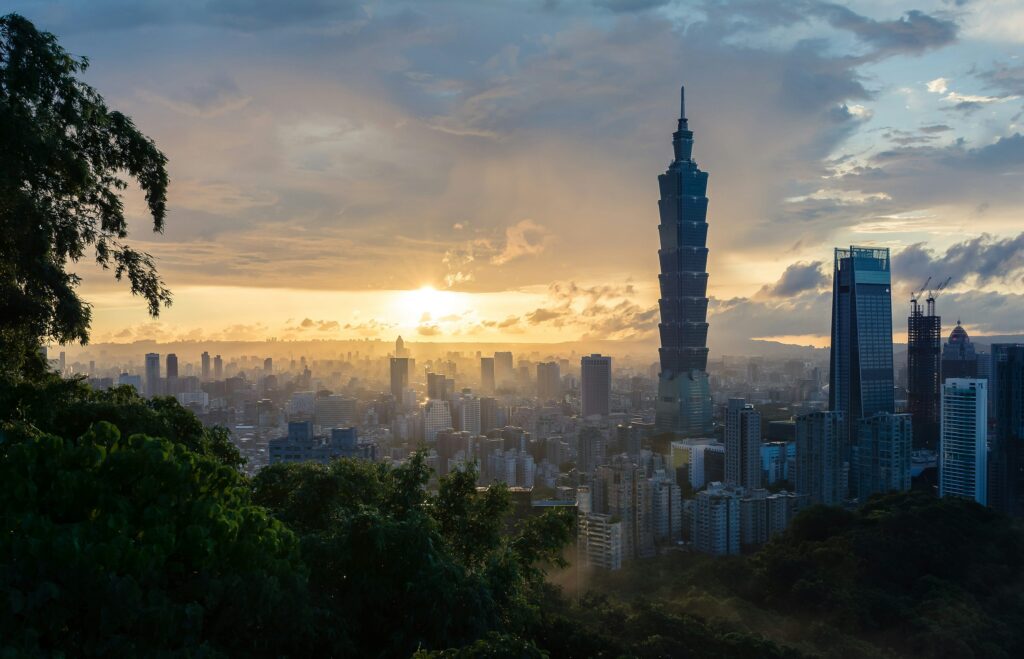
8. Taipei, Taiwan (8th, 936 points)
Taipei is a rising star in the index, scoring well in governance, mobility, and environment. The city has invested heavily in public transit, urban greening, and community engagement, making dense living feel humane and connected.
Taipei’s vibrancy lies in its mix of modernity and tradition: buzzing night markets, Buddhist temples, and cutting-edge tech districts coexist within a small footprint.
Quintessential Thing to Do: Eat your way through Shilin Night Market — from bubble tea to oyster omelets — then hike Elephant Mountain for a view of Taipei 101.
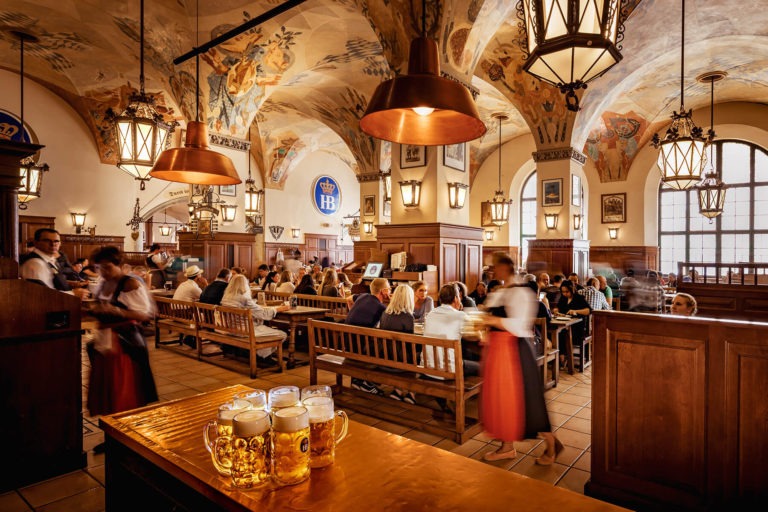
9. Munich, Germany (9th, 931 points)
Munich exemplifies balance. Its green spaces, clean air, and public transit set standards, while its cultural life and strong economy make it attractive to residents and newcomers alike. Bavarian identity runs deep, yet the city feels cosmopolitan.
The challenge for Munich is maintaining affordability in housing and keeping inclusivity strong as growth continues. Still, its ability to deliver both efficiency and gemütlichkeit (coziness) secures its place in the top ten.
Quintessential Thing to Do: Grab a stein at Hofbräuhaus, then cycle through the English Garden to watch surfers on the Eisbach River.
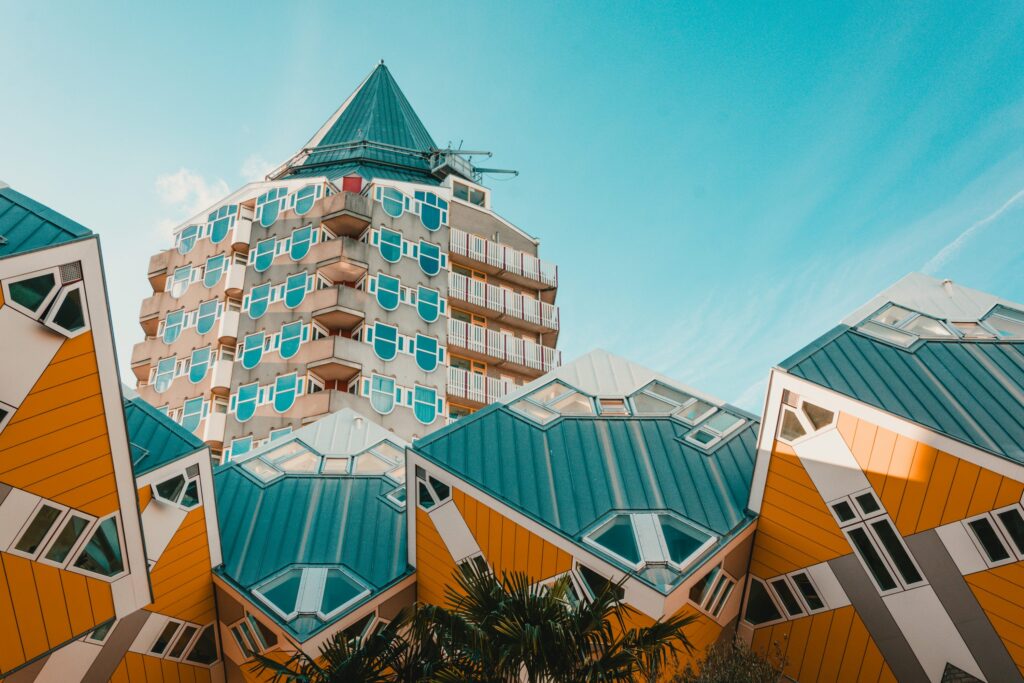
10. Rotterdam, Netherlands (10th, 920 points)
Rotterdam’s transformation is remarkable: once scarred by war and industry, it has reinvented itself as a city of architecture, sustainability, and waterfront living. It shines in governance, mobility, and environmental innovation.
Yet, Rotterdam continues to wrestle with diversity integration and social equity — showing that happiness is an evolving project. Its resilience and vision, however, make it a model of urban reinvention.
Quintessential Thing to Do: Explore the futuristic Cube Houses, then take a boat tour of the port to see Europe’s largest harbor in action.
The 2025 Happy City Index: A Roadmap to Making the Happiest Cities
The 2025 Happy City Index isn’t just another global ranking to skim and forget. It’s a roadmap — one that reveals what’s working in urban life, what needs fixing, and how cities can actually measure something as elusive as “happiness.” What the data shows is that the happiest cities aren’t always the richest, the largest, or the most famous. Instead, they are the ones that strike a delicate balance between hard infrastructure and soft culture, between sustainability and social inclusion, between creativity and trust in institutions.
Take Copenhagen, the 2025 champion. Its victory isn’t only about bike lanes and renewable energy targets (though those help). It’s about a civic model where citizens feel empowered, safe, and connected. Compare that with Taipei, which climbs into the global top ten not because it’s sleek or wealthy like Zurich, but because it builds community through night markets, neighborhood temples, and green planning embedded in a dense urban grid. Both cities remind us that there is no single formula for happiness — it’s contextual, shaped by local identity and values.
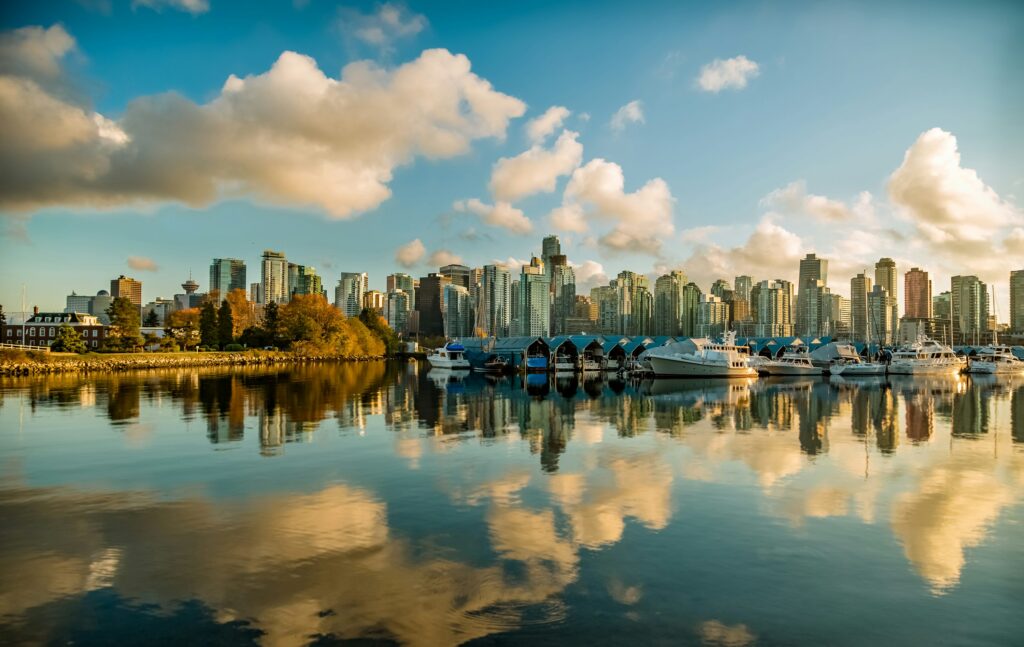
The Index also underscores that sustainability and livability are inseparable. Cities like Stockholm, Helsinki, and Vancouver score high because they put nature into the heart of daily life. Access to lakes, forests, and islands isn’t an afterthought; it’s part of the design. This isn’t just about pretty scenery. Studies show that exposure to green and blue spaces reduces stress, boosts mental health, and fosters social cohesion. These cities prove that ecological resilience is not a luxury — it’s a foundation for long-term urban well-being.
Another insight is how much trust and governance matter. Zurich, Vienna, and Singapore illustrate that happiness is strongly tied to how governments deliver services and how citizens perceive fairness. When public transit works seamlessly, when healthcare is accessible, and when people feel their taxes are invested wisely, happiness rises. Conversely, even wealthy cities can falter if governance feels opaque, inequitable, or unresponsive.
Then there’s culture and creativity. From Seoul’s K-pop-fueled neighborhoods to Berlin’s grassroots arts scene, cities that invest in cultural vibrancy consistently rank higher. It’s not just about entertainment; culture is a glue that binds communities, provides identity, and gives people reasons to gather in public space. That sense of shared narrative is just as important to happiness as GDP per capita.
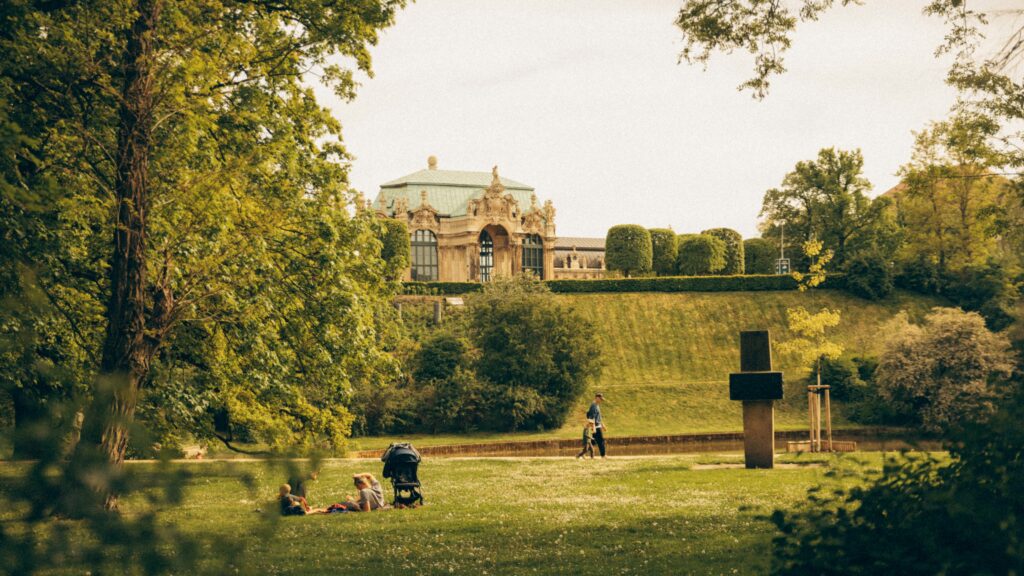
Importantly, the 2025 Index shows that smaller and midsize cities are punching above their weight. Aarhus, Antwerp, Aalborg, and Dresden all prove that you don’t need to be a global megacity to deliver world-class happiness. Their success lies in intimacy: quicker governance responses, tight-knit communities, and urban fabrics that are walkable, human-scaled, and less overwhelming than sprawling metropolises. In fact, they may be teaching larger cities that “less” can often mean “better.”
Perhaps the biggest lesson is that happiness is collective, not individual. It’s not about whether a handful of people can afford luxury apartments or cutting-edge tech. It’s about whether ordinary citizens — across neighborhoods, languages, and backgrounds — feel included, safe, and able to shape their futures. Cities like Rotterdam and New York remind us that diversity and dynamism are powerful assets, but they must be matched with inclusivity and equity to truly translate into well-being.
So when we look at the 2025 Happy City Index, the message is clear: happiness isn’t accidental. It’s the product of design, policy, and community. Cities that put people at the center — in mobility, housing, culture, governance, and green space — are the ones that thrive. And if there’s one universal takeaway, it’s this: build for people, not just for profit, and happiness follows.